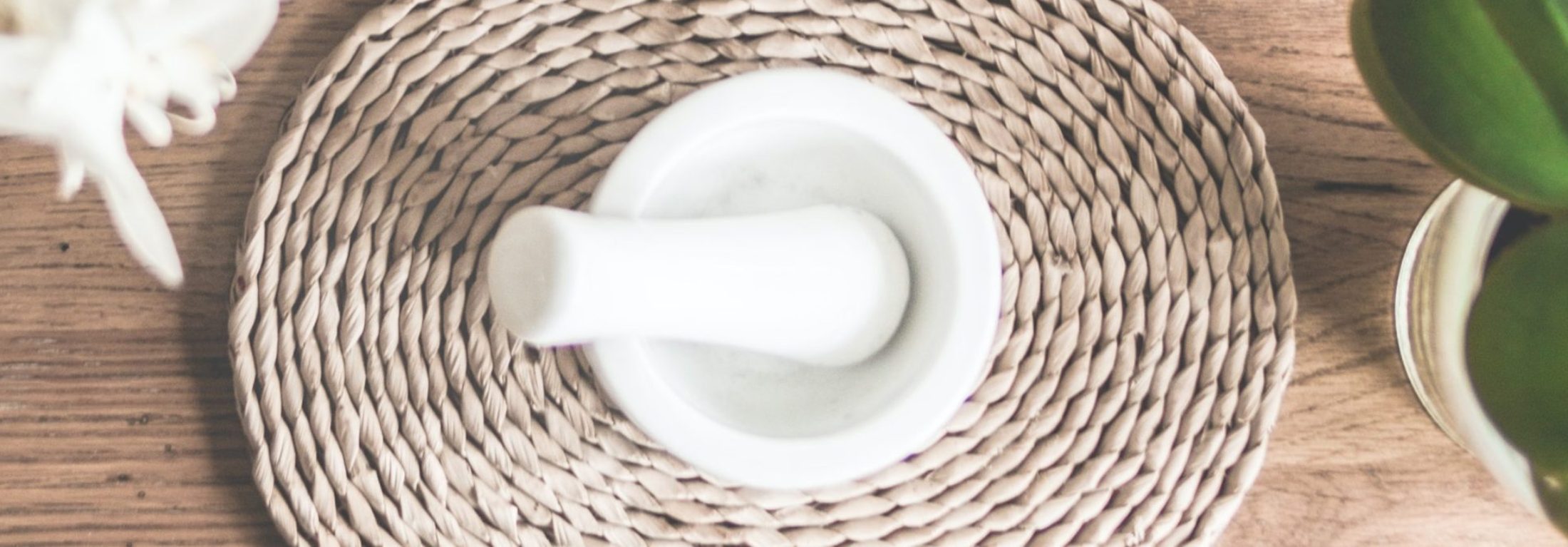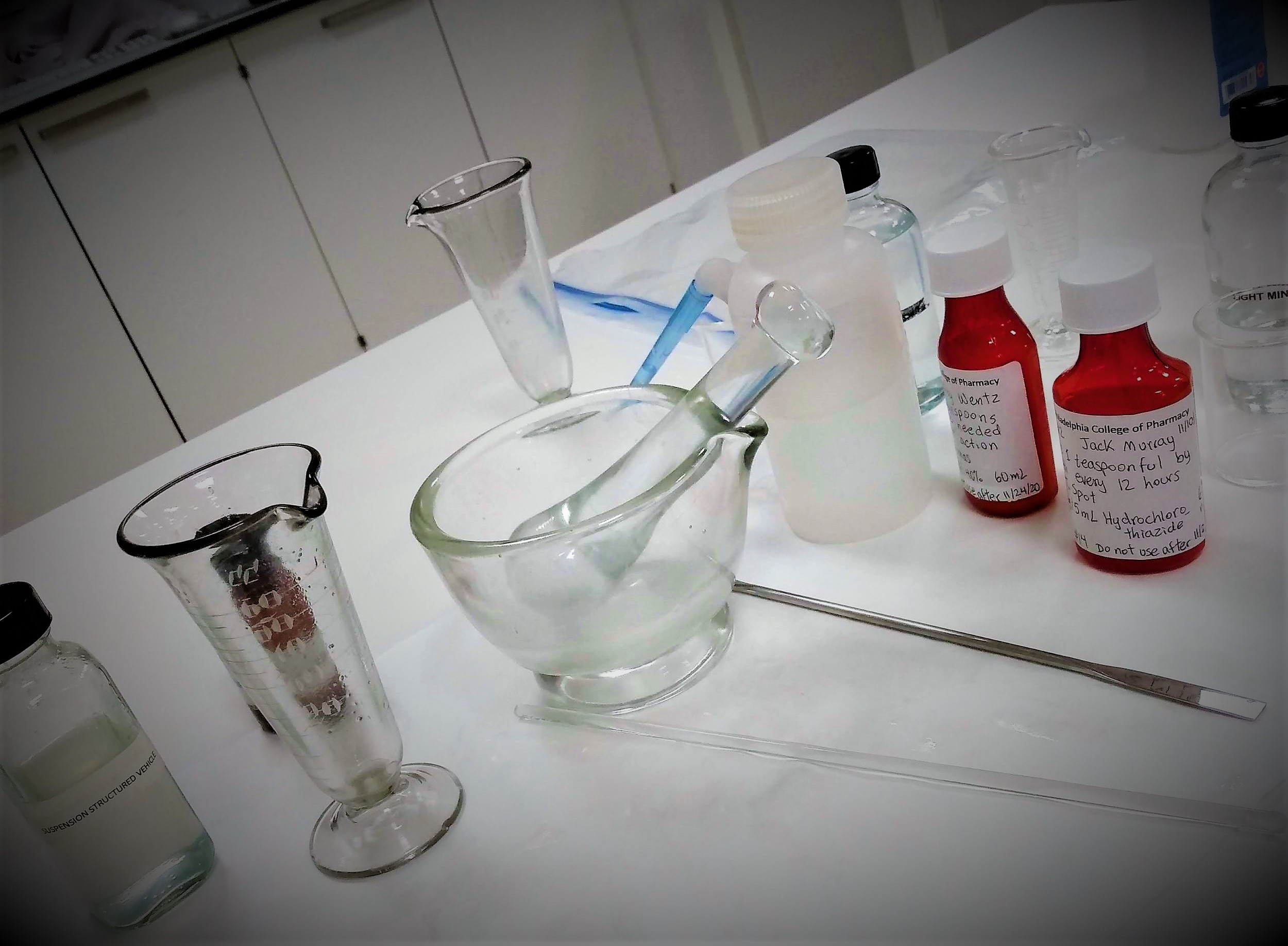When walking into the Art of Medicine in Philadelphia, I was greeted by a busy team and intricate work spaces. I had never seen a pharmacy quite like this one. All I knew about compounding is that it involves the production of medications from base products, but soon I would be exposed to much more.
My academic goals for this experience included learning about the various medications and dosage forms that are compounded as well as the common indications.
One of the most common medications was low-dose naltrexone capsules starting at 0.5 mg up to 4.5 mg. This is used for inflammatory conditions such as fibromyalgia and autoimmune diseases.
Throughout the rotation, my goal evolved to learn about drugs used for veterinary use as well. For instance, treats containing fluoxetine or amitriptyline are compounded for dogs and cats with behavioral disorders. Another interesting medication was pimobendan, which is an inodilator used to treat dogs with congestive heart failure.

As far as professional goals, I wanted to see if this is a setting I see myself practicing in. I understand that as the pharmacist I would not be in the compounding lab, but would rather be overseeing the operations of the pharmacy.
Due to COVID-19, the Art of Medicine is working with closed doors to the public and only a few individuals are able to interact with patients. This limited my ability to connect with patients and prescribers. So I mostly shadowed technicians and talked to my preceptor about topics/questions I was interested in.
I have also realized this is a very specific setting and it would be difficult to find jobs in one of the very few compounding pharmacies. One of the challenges in this location is that the Pharmacy Compounding Accreditation Board (PCAB) requires that each technician undergo frequent testing for potency, technique, and safety; all of which can become expensive.
Although I was hoping to compound more prescriptions and different dosage forms, I did get cleared to compound creams!

This rotation allowed me to understand that one medication can have many different uses aside from those we learn in school. Due to the volume of information included in our curriculum, we do not have time to explore the rare, off-label uses of many medications. In contrast, everything in the compounding world is unique, odd, or otherwise different.
For instance, I encountered a combination ointment containing diltiazem 2% and lidocaine 3%. In pharmacy school, I learned that diltiazem is a calcium channel blocker used for hypertension. In this case however, the medication would be used for anal fissures, where diltiazem works by relaxing the anal sphincter muscles and improving blood flow/healing.
Lidocaine was included as an anesthetic to decrease itching. This is just one example of what can be achieved in compounding pharmacy to cater to the specific needs of different patients.
An important skill that is critical in this setting is being able to change your perspective depending on the specific task at hand. As a student pharmacist, I had to use hands-on compounding techniques to prepare prescriptions that were within a 3% margin of error.

On the other hand, when looking through a new prescription and its compounding formula, I had to think more like a clinical pharmacist. For instance, I made sure the math was correct and verified unusual doses or indications.
Finally, when running the pharmacy as a business, my preceptor had to think operationally and critically evaluated how decisions would affect his employees, his patients, and the reputation of the pharmacy.
During my time at this setting, it was rewarding to play a small role in the care of patients (when I was able to compound creams). Many of the customers were from other states/towns outside of Philadelphia and were willing to travel or pay for shipping to receive medications. This tells me the quality of the products was consistent and had an important impact on the lives of these patients.
Overall, this rotation was valuable as it allowed me to observe a very unique side of pharmacy while learning about the operational and clinical aspects of compounding.


Be the first to reply